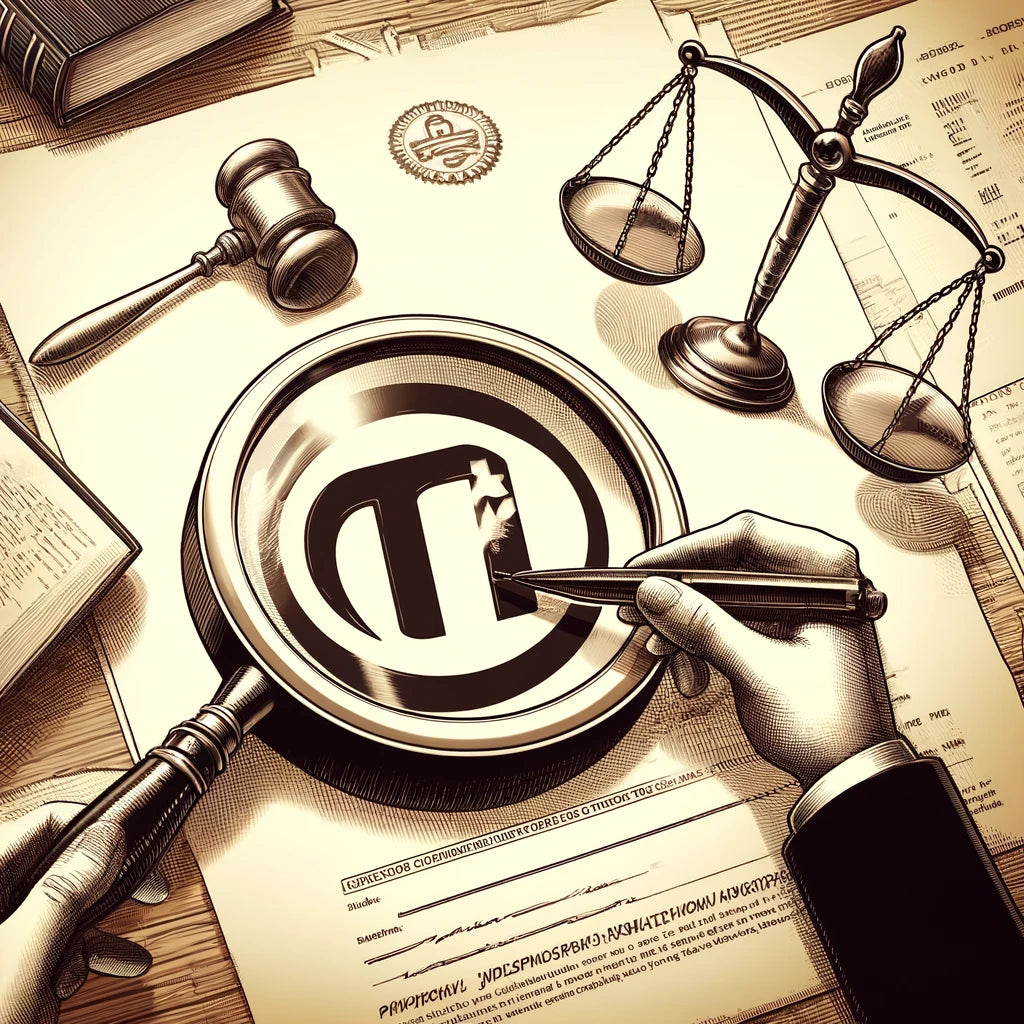Your cart is empty now.

Expungement and Reexamination - Navigating the USPTO's Trademark Reexamination Process
- 08 April, 2024
- Nyall Engfield
The expungement and reexamination processes were introduced as part of the Trademark Modernization Act (TMA) to ensure the accuracy and integrity of the U.S. trademark register. Expungement is a procedure for challenging a registration based on never being used in commerce, applicable to trademarks registered on or after December 27, 2021. Reexamination targets registrations where the trademark was possibly not in use in commerce at the time of registration or the relevant maintenance filing. These processes aim to remove "deadwood" – trademarks not actually used in commerce – thus freeing up the register for new trademarks.
In view of the 10-month timeline to examination in the US, and approximately 14 months to registration in the fastest cases, new processes are needed to clean up the Register and reduce the number of trademarks. A huge influx of new trademarks have arrived since 2018 since Amazon basically required Amazon Sellers to file trademarks, in order to benefit from A+ content. This also offloaded some of the verification processes from Amazon to the USPTO. There are now more than six million trademarks in the USPTO Register - contrast this with just 200,000 English words!
The new procedures came into effect in 2021, and have a broad standing with the “any Person” language used. While verification of the use of the mark and other filing formalities are beneficial, the process has also been abused by minority trademark holders to deepen the “moat” around their marks by weakening competitors.
These proceedings are instituted in two ways: (1) any person may file a petition requesting an expungement or reexamination proceeding; or (2) the Director of the USPTO may institute a proceeding on the Office’s own initiative. Petitions are filed electronically and require a filing fee of $400 per class.
A petition for expungement must allege that the mark "has never been used in commerce on or in connection with some or all of the goods and/or services recited in the registration. The evidence must support the use claim as of the filing-date for 1a in-use applications, or as of the allegation of use (AOU) date for 1b intent-to-use applications.
The meat of the allegations must contain:
- “Identification of each good and/or service recited in the registration for which the petitioner requests that the proceeding be instituted on the basis identified in the petition;
- A verified statement signed by someone with firsthand knowledge of the facts to be proved that sets forth in numbered paragraphs:
- (i) The elements of the reasonable investigation of nonuse conducted, as defined under 37 C.F.R. §2.91(d), where for each source of information relied upon, the statement includes a description of how and when the searches were conducted and what the searches disclosed (see TMEP §§1716.02(c)-(c)(ii) regarding the requirements for a reasonable investigation); and
- (ii) A concise factual statement of the relevant basis for the petition, including any additional facts that support the allegation of nonuse of the mark in commerce on or in connection with the goods and services as specified in 37 C.F.R. §2.91(a)”
There is also a reasonable investigation requirement:. “Under 37 C.F.R. §2.91(d), a petitioner must demonstrate that a bona fide attempt has been made to determine if the relevant registered mark was never used in commerce (for expungement petitions) or was not in use in commerce as of the relevant date (for reexamination petitions) on or in connection with the goods and/or services identified in the petition by conducting a reasonable investigation.”
The proceedings are ex-parte in that it is the USPTO asking questions of the Registrant, without further input from the filer of the re-examination.
The process has been a success in that third parties can identify trademarks that are “dead wood”; however it has also resulted in many legitimate trademarks being expunged from the register. Many foreign filers, and especially those without active attorneys on the trademark files (for example when the mark has registered), do not receive notice of the proceedings or do not know how to respond. Additionally, there is a host of evidence supporting use of marks online, that is no longer available due to website changes.
Thankfully there is a process to weed out meritless rexamination filings in that the Examiner determines the relevance of the allegations. However, the bar is relatively low, so many trademark registrants will be challenged in the near future to provide proof of use for each of the goods listed, or risk losing them.
Recommendations: Registrants should immediately remove goods and services that are no longer in use, as long as they know about the cessation of use, in order to avoid challenges to the registrations. This is already a requirement at renewal under Sections 8 and 9.
If you would like to defend against a reexamination proceeding, or institute one against a trademark that you view as not in use, please contact team TrademarKraft
Search
Archive
- August 2024
-
- How to avoid being locked out of your Amazon product listings
- If you tattoo a trademark on your body - Skinvertising- can you be sued?
- Burnt Orange - University of Texas Trademark of Pantone 159
- Jungle Superheroes - famous characters similar to Tarzan and the difficulties of maintaining a monopoly
- What happens to the trademark rights if the renewal is missed



